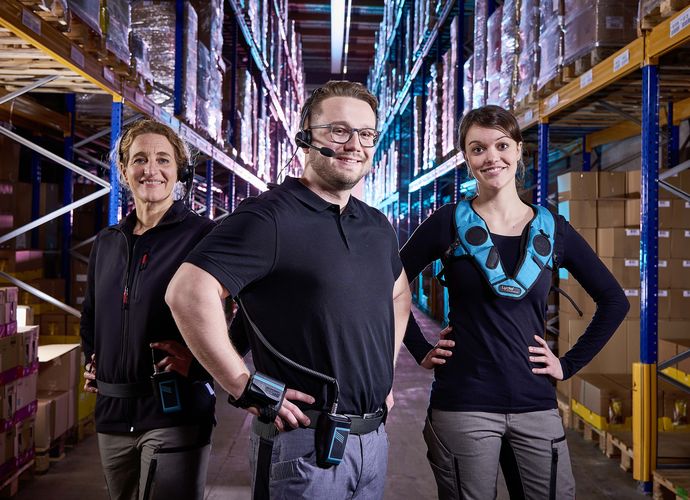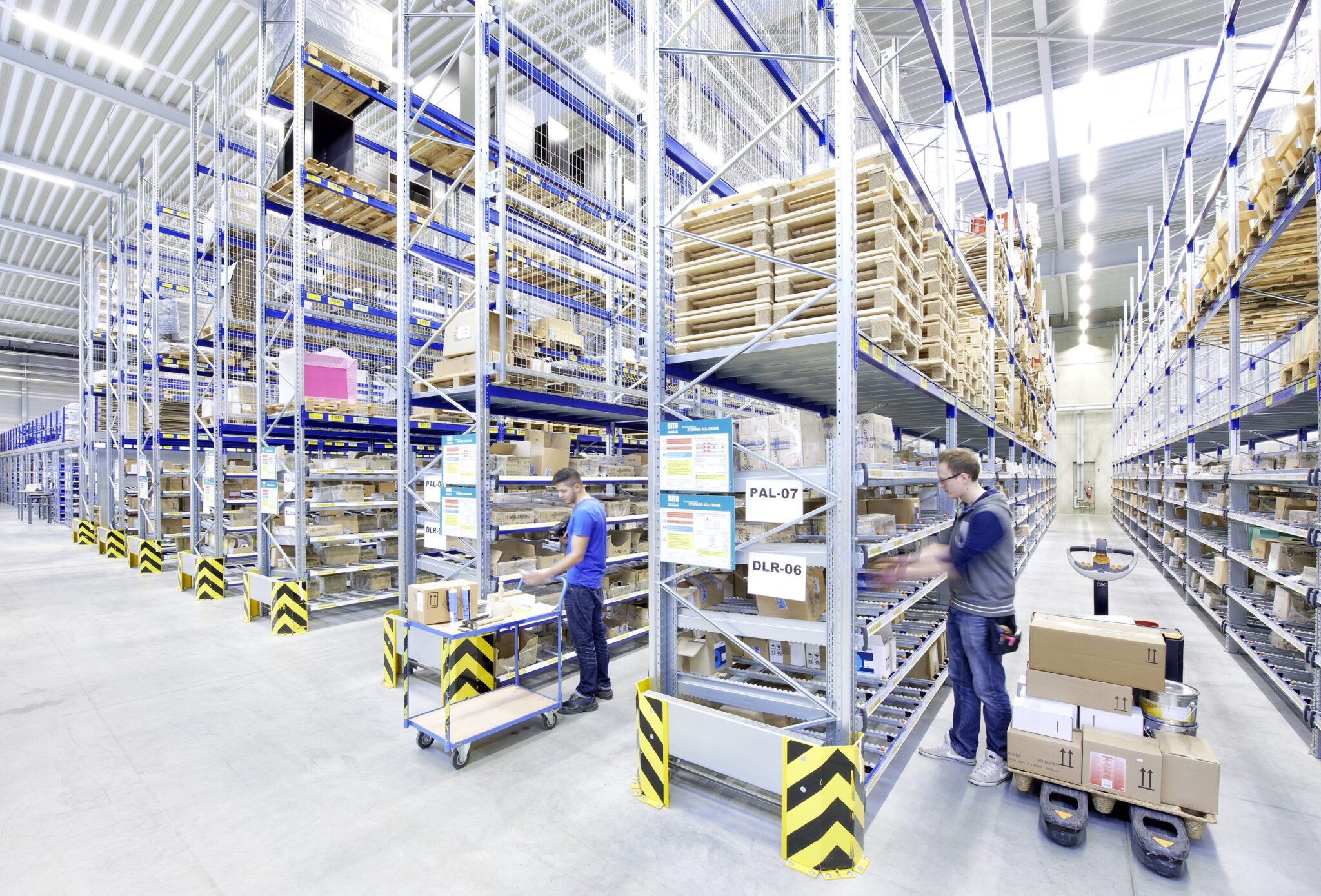When Covid triggered the e-commerce frenzy, many grocery retail logistics operations had little choice but to rethink their order picking methodologies and, as a result there is a trend away from traditional zone picking towards wave picking B to C strategies, says John Maguire, managing director of Narrow Aisle Ltd.
The global pandemic has brought the essential role of the UK logistics industry – and the one million people employed by it – in underpinning our national economic and societal infrastructure sharply into focus. And as the world adjusts to the ‘new normal’ with social distancing and lockdowns looking increasingly likely to become a regular part of everyone’s day-to-day life for the time being at least, our reliance on supply chain efficiency will only increase.
Covid-19 – and the lockdowns introduced in an effort to restrict its spread among the population – has changed the way goods are stored, picked and moved to the consumer dramatically, with the switch to online shopping in particular forcing retailers and their logistics partners to radically rethink and quickly adapt well-established working practices. The pace of change has been breathtaking: 10 years of forecast e-commerce growth occurred in month one of the first national lockdown in 2020 and between February and October of last year online sales grew from 19.6% of retail sales value to 28.5%.
The logistics sector’s ability to scale-up and adapt its services in response to such massive and rapid changes in consumer spending patterns has been hugely impressive and without the expertise and dedication of the industry there can be little doubt that the public would find the restrictive lockdown conditions even more difficult to live with. For warehouse or distribution centre operators the need to keep pace with the shift away from bulk deliveries to retail stores towards the fulfillment of individual online orders directly to the consumer has necessitated significant adjustments across all aspects of the warehouse operation, but in many cases, it is perhaps the order picking process that has undergone the most significant overhaul.
It has long been accepted that of all the processes involved in modern warehousing, the ability to quickly and accurately collate picked goods with an efficient order picking regime has the greatest impact on a warehouse or DC’s performance, costs and ability to deliver customer satisfaction. When Covid triggered the collapse of high street shopping and the concurrent e-commerce boom, many third-party storage operations had little choice but to rethink their order picking methodologies and, as a result, there is a noticeable trend away from traditional grocery retail zone picking towards wave picking strategies.
In simple terms, zone picking involves dividing stock-keeping units (SKUs) into different product zones within the store and assigning pickers to work within each zone. Each picker is responsible for picking all SKUs located within their area of the store for each order; in this way, the roll container or pallet is loaded with similar product types to aid efficient decanting into shelves on arrival at the retail store. Also, passing through each zone within the warehouse allows any orders with SKUs in multiple zones to be filled.
The zone picking method has always been considered suitable for bigger warehouses that deal with a large number of SKUs with unique characteristics or picking requirements. And, because inventory pickers remain in their assigned zones rather than traveling around the warehouse, operative travel time between picks is significantly reduced. A further benefit of the system is that by working in a smaller zone, pickers become more familiar with the SKUs and pick locations in their area and, as a result, pick rates are faster and more accurate.
But problems can arise with zone picking – particularly in e-commerce operations ¬- because the method is often only capable of scheduling one picking period per shift, which means that any orders received after a pre-set cut-off time will not be fulfilled until the following shift takes over.
While zone picking requires workers to be dedicated to a specific section passing order totes from one zone to the next if required, with wave picking orders are grouped and picked in batches, but at specific times of each day. Picking personnel receive a consolidated pick list and workers utilise multi-tote picking carts to manage the various items picked in any particular wave. As it requires pickers to pick one order and multiple SKU’s at a time wave picking systems are often organised around factors such as commonality in the SKU location, shipping deadlines, common carriers and similar sorting or kiting processes used in the warehouse.
At sites where e-commerce or multi-channel orders are being picked and consolidated, wave picking offers a number of advantages over zone picking. For example, many SKU’s can be stored in multiple pick locations at multiple height locations across the warehouse and the picking efficiency is optimised with a fewer number of line visits required. But to achieve optimum wave picking performance it is important to deploy the most suitable materials handling equipment. The recently launched Easi-Pick from Narrow Aisle Ltd has been designed to optimise operational efficiency at sites where order picking tasks are undertaken using wave picking strategy.
Designed specifically with e-fulfillment operations in mind, the Easi-Pick is a compact ride-on electric-powered vertical order picker that delivers hugely improved productivity and increased safety for warehouse staff as they carry out a range of picking duties at both lower levels and at height within warehouse aisles. Its ability to work in very narrow aisles (VNA) means 30% more pallet and shelving locations can be designed into storage systems compared to traditional wide aisle operations.
Featuring a heavy-duty and exceptionally stable mast in combination with a spacious and ergonomically-designed working platform, the Easi-Pick allows picking tasks to be performed at heights of up to 6.5 metres, while its compact chassis design allows the unit to operate in pallet racking aisles measuring just 1.6 metres wide. To maximise productivity, the Easi-Pick travel can be controlled by the operator in the raised position, allowing diagonal lift and travel, thereby saving valuable minutes when travelling between picking locations throughout the warehouse – essential if optimum wave picking pick rates are to be achieved.
There is no doubt that the growth of e-commerce is changing the face of order picking in the warehouse. Higher throughputs, greater picking accuracy and increased emphasis on ground and first level picking are now the key goals at many sites. As a result, the type of materials handling equipment used within the modern order-picking environment is changing too and products like the Easi-Pick are in ever greater demand.






